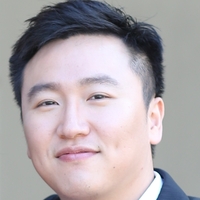Subject to change.

Subject to change.

Haoyue Zhang (Harry) completed his PhD in bioengineering at UCLA, under the mentorship of Dr. Corey Arnold, focusing on deep-learning approaches for medical imaging. After graduation, Harry became a postdoc fellow at Artificial Intelligence Resources, National Cancer Institute, where he primarily focuses on developing novel deep-learning-based methods for digital pathology. Before his PhD, Harry worked as a software engineer for data visualization and web-based digital pathology viewer.